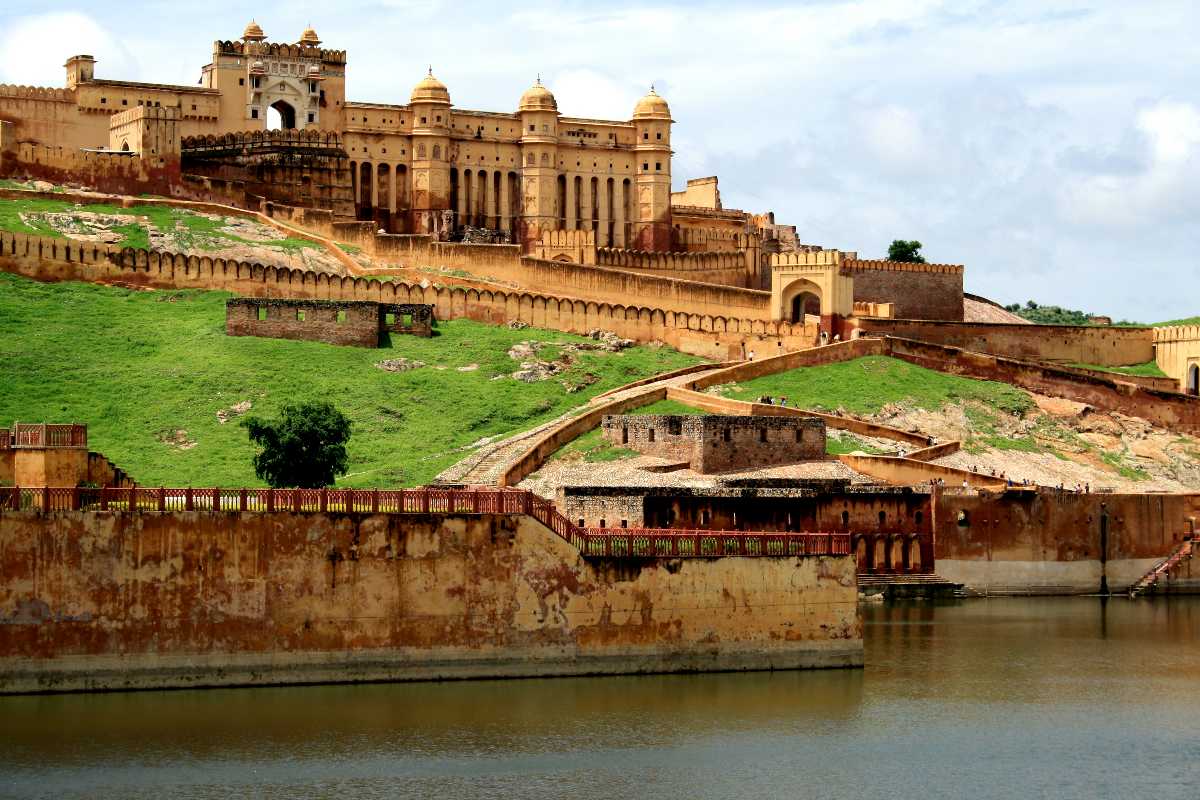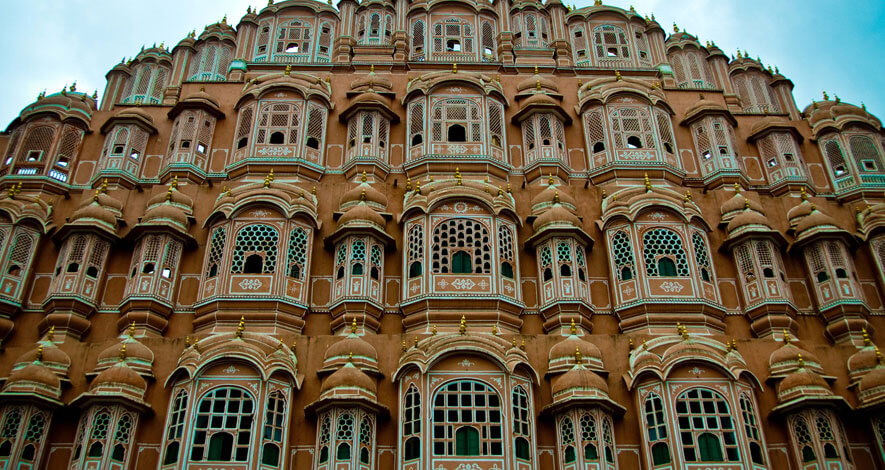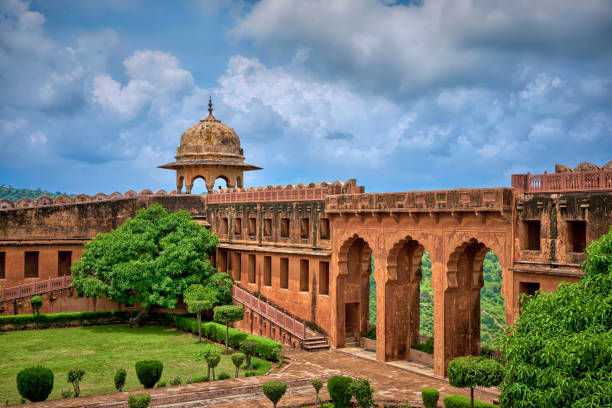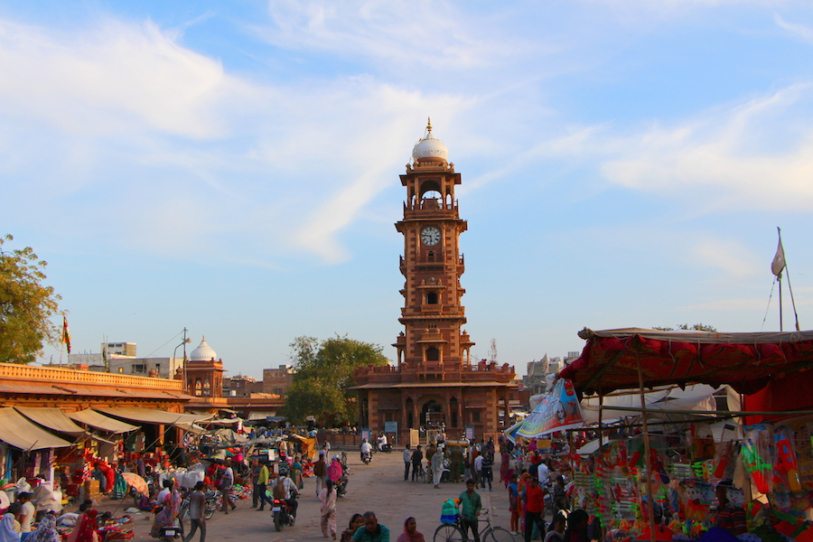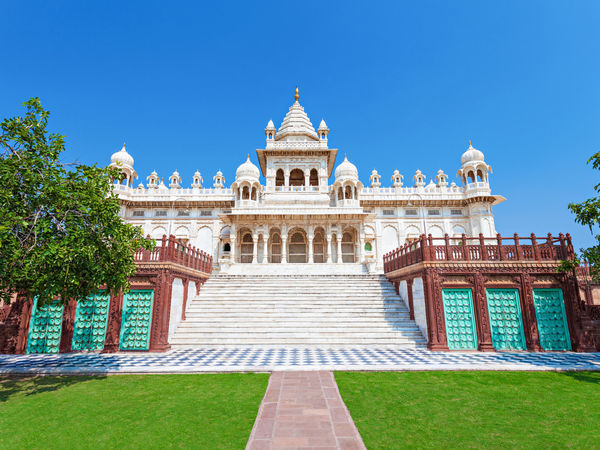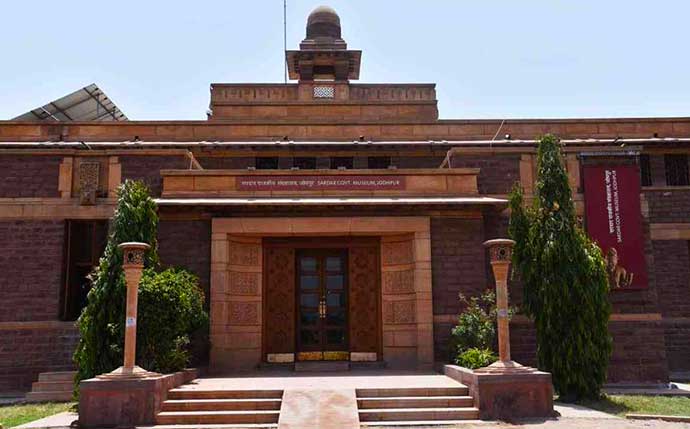Nestled amidst the rugged Aravalli Hills, Amer Fort (also spelled Amber Fort) is one of Rajasthan’s most iconic landmarks. With its majestic architecture, historical significance, and breathtaking views, the fort remains a must-visit for travelers exploring Jaipur, the capital of India’s royal state of Rajasthan. Here’s your ultimate guide to Amer Fort, covering everything a first-time visitor needs to know.
Location of Amer Fort
Amer Fort is located in the small town of Amer, approximately 11 km (6.8 miles) from Jaipur city. Perched on a hill, it overlooks the scenic Maota Lake, which adds to its charm and strategic importance.
How to Reach Amer Fort
From Jaipur:
By Car/Taxi: A 30-minute drive from Jaipur city center via Amer Road. Taxis and private vehicles are the most convenient options.
By Bus: Local buses from Jaipur’s Hawa Mahal or Sindhi Camp Bus Stand drop visitors near the fort.
By Rickshaw/Auto: Affordable but a bit slower than taxis.
By Guided Tours: Many travel agencies in Jaipur offer half-day or full-day Amer Fort tours.
Nearest Airport and Railway Station:
Airport: Jaipur International Airport (25 km, 40-50 minutes away).
Railway Station: Jaipur Junction Railway Station (12 km, 30-40 minutes away).
History of Amer Fort
Amer Fort was built in 1592 by Raja Man Singh I, a trusted general of the Mughal Emperor Akbar. Over the years, it was expanded and modified by successive rulers, particularly Raja Jai Singh I. The fort served as the capital and royal residence of the Kachhwaha Rajputs until they moved to Jaipur in 1727.
A fascinating blend of Hindu and Mughal architecture, the fort is made of red sandstone and marble. Amer Fort’s beauty lies in its intricate carvings, grand courtyards, and lavish interiors, reflecting the opulence of Rajput rulers.
Top Attractions at Amer Fort
Amer Fort offers a mix of architectural grandeur and historical intrigue. Here’s what you shouldn’t miss:
1. Suraj Pol and Jaleb Chowk
Entry Gate: The Suraj Pol (Sun Gate) is the main entrance, leading to Jaleb Chowk, a courtyard where the king’s army used to assemble.
A popular spot to start your tour, offering a grand view of the fort’s imposing façade.
2. Ganesh Pol
An ornate gateway leading to the private quarters of the fort.
Its intricate frescoes and paintings of Lord Ganesha make it a visual delight.
3. Sheesh Mahal (Mirror Palace)
The most famous section of the fort, this hall is adorned with thousands of tiny mirror mosaics and glass inlays.
The Sheesh Mahal was designed to reflect even the smallest flicker of light, creating a magical glow.
4. Diwan-i-Aam (Hall of Public Audience)
A vast hall where the king addressed public grievances.
Known for its delicate lattice work and polished columns.
5. Diwan-i-Khas (Hall of Private Audience)
Reserved for private meetings, this hall is known for its lavish decor and royal ambiance.
6. Sukh Niwas (Hall of Pleasure)
Designed for comfort, it features a unique cooling system that allowed the royals to beat the desert heat.
7. Maota Lake and Kesar Kyari
The fort overlooks Maota Lake, with Kesar Kyari (saffron gardens) adding to its beauty.
Perfect for capturing stunning photographs.
8. Light and Sound Show
Held every evening, this show narrates the history of Amer Fort in a captivating way.
Timings:
Hindi: 7:30 PM
English: 8:30 PM
Ticket Price: ₹200 (Indian tourists), ₹500 (foreign tourists).
Interesting Facts About Amer Fort
Not Just a Fort: Amer Fort is a UNESCO World Heritage Site under the Hill Forts of Rajasthan.
The ‘Sheesh Mahal’ Magic: Just one lit candle in Sheesh Mahal can illuminate the entire hall through its mirrors.
Featured in Bollywood: Films like Jodha Akbar and Bajirao Mastani were shot here.
Tunnel Connection: The fort has a secret tunnel connecting it to the Jaigarh Fort, used as an escape route during wars.
Elephant Rides: Visitors can enjoy elephant rides up to the fort, though it’s increasingly being discouraged due to animal welfare concerns.
Entry Fees and Timings
Timings: 8:00 AM to 5:30 PM (Day Visit); 6:30 PM to 9:00 PM (Light and Sound Show).
Entry Fees:
Indian Nationals: ₹100
Foreign Nationals: ₹500
Students: ₹10 (Indian), ₹100 (Foreign)
Camera Fee: ₹50 (for still cameras).
Tips for First-Time Visitors
Start Early: Amer Fort can get crowded. Arrive by 8:00 AM to avoid the rush.
Hire a Guide: For ₹200-₹500, a guide can enrich your visit with fascinating stories and historical insights. Alternatively, audio guides are available.
Dress Comfortably: Wear comfortable shoes and carry a hat/sunscreen, as there’s a lot of walking under the sun.
Stay Hydrated: Carry water, especially during summer visits.
Avoid Elephant Rides: Opt for eco-friendly vehicles or walk to support ethical tourism.
Combine Visits: Pair your Amer Fort tour with nearby attractions like Jaigarh Fort and Panna Meena Ka Kund.
Best Time to Visit Amer Fort
October to March: The weather is pleasant, making it ideal for exploring.
Evening Visits: To enjoy the stunning sunset views and the Light and Sound Show.
Nearby Attractions
Jaigarh Fort (3 km): Known for its world’s largest cannon, Jaivana.
Nahargarh Fort (9 km): Offers panoramic views of Jaipur.
Panna Meena Ka Kund (2 km): A historic stepwell known for its symmetrical design.
Jal Mahal (8 km): A palace situated in the middle of Man Sagar Lake.
Amer Fort is not just a historical site but an immersive experience into Rajasthan’s royal past. From its artistic marvels to its intriguing history, the fort offers something for everyone. So, pack your bags and let the timeless beauty of Amer Fort leave you spellbound!

